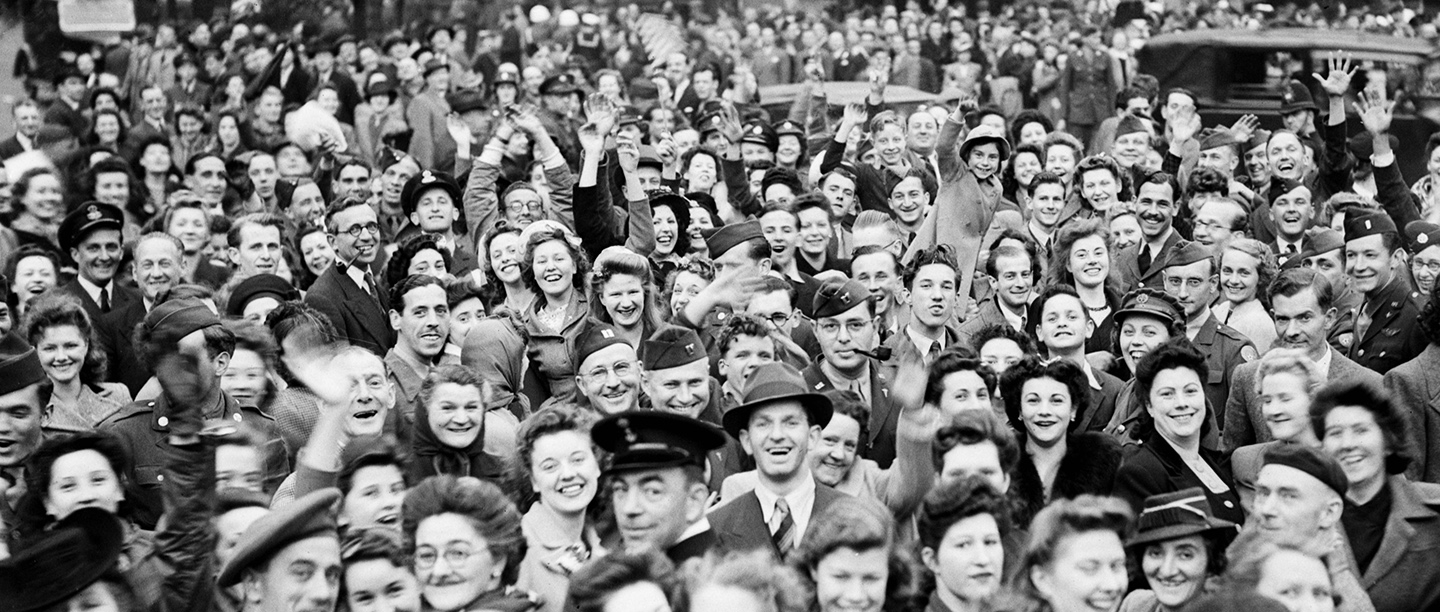VE Day in Pictures
See some of the most iconic photographs from VE Day.
From parties in the streets to thousands of revellers gathered outside Buckingham Palace, we've selected our favourite images that capture VE Day celebrations in England.
Explore the imagesLived in London
Blue Plaques commemorating soldiers of WWII
Explore more Armed Forces Blue Plaques-
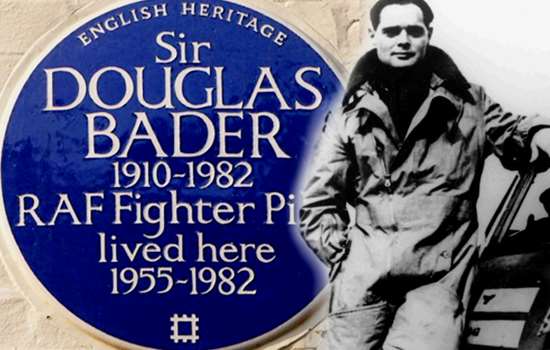
Sir Douglas Bader
RAF Fighter Pilot
As Flight Commander in No.222 Squadron, Bader supported the Dunkirk evacuation. He was later captured and imprisoned at Colditz.
-
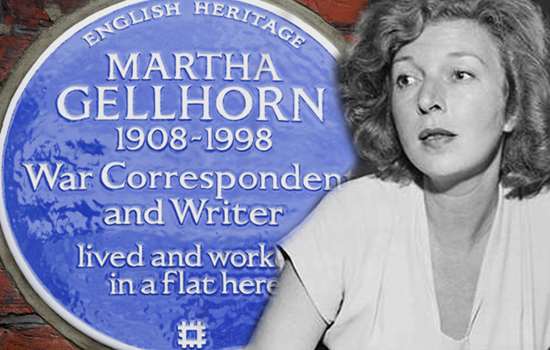
Martha Gellhorn
War Correspondent
Reported from France, England, Czechoslovakia, Finland and the Far East, even stowing away on a hospital ship to avoid detection.
-
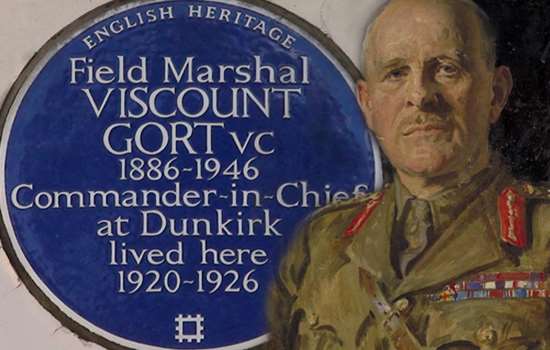
Field Marshal Viscount Gort V.C.
Commander-in-Chief at Dunkirk
John Vereker, 6th Viscount Gort, commanded the British Expeditionary Force which was evacuated from Dunkirk under Operation Dynamo.
-
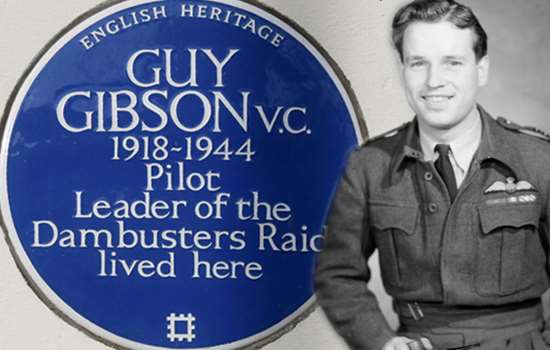
Guy Gibson V.C.
Pilot, Leader of the Dambusters Raid
Wing Commander Guy Gibson led the famous Dambusters Raid that used a specially-designed 'bouncing bomb' to target German dams in May 1943.
-
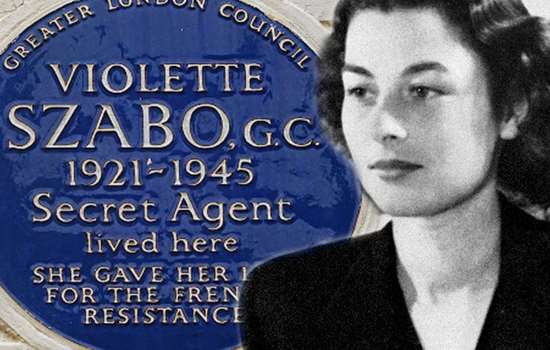
Violette Szabo, G.C.
Secret Agent
Operative for the French section of the Special Operations Executive and the first British woman to be awarded the George Cross.
-
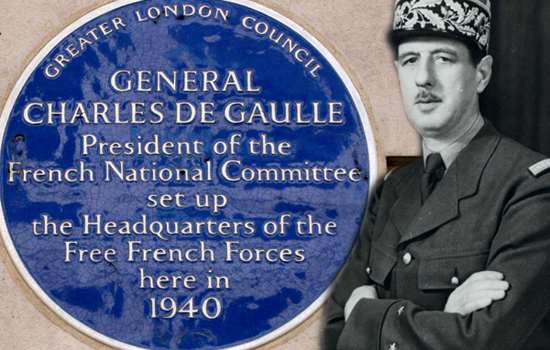
General Charles De Gaulle
Post-War French Leader
Provisional leader of France from 1944 to 1946 in the aftermath of German occupation, helping the country to form a new government.
A Century of The Cenotaph
Originally erected as a temporary memorial for Peace Day at the end of the First World War, the Cenotaph on London's Whitehall was so popular that it was replaced by a permanent structure.
100 years after the stone column was built, join historians Dr Steven Brindle and Dr Lucy Noakes to discover the story of this now-iconic war memorial.
Listen on SoundcloudStand Where It Happened
Historic places with WWII connections
Explore more historic places-
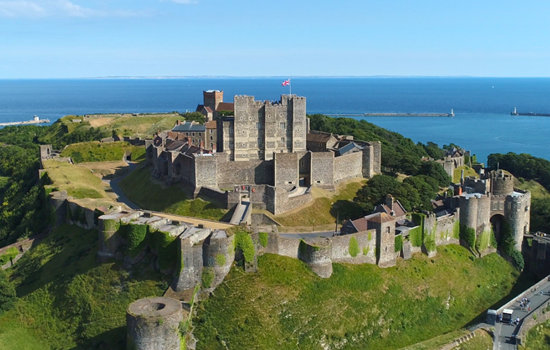
Dover Castle
Medieval castle whose secret tunnels were used to command the Dunkirk evacuation.
-
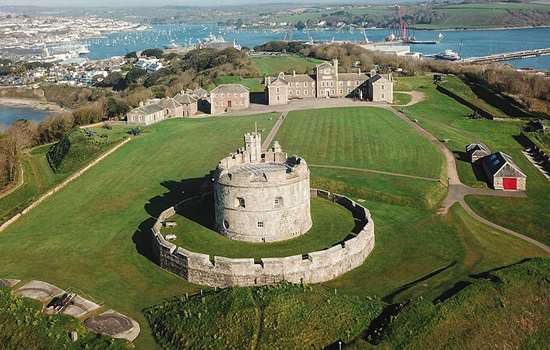
Pendennis Castle
Coastal fort built by Henry VIII which remained active through both World Wars.
-
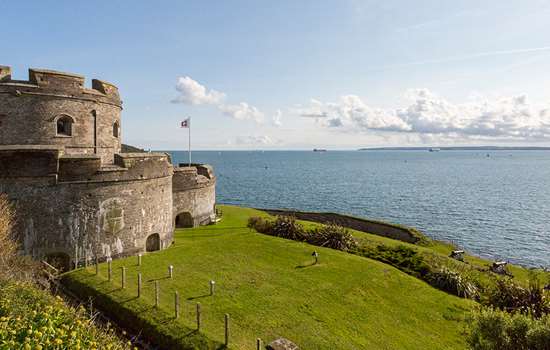
St Mawes Castle
The smaller 'sibling' of Pendennis, part of Henry VIII's extensive string of coastal artillery fortresses, reoccupied at the outbreak of war in 1939.
-
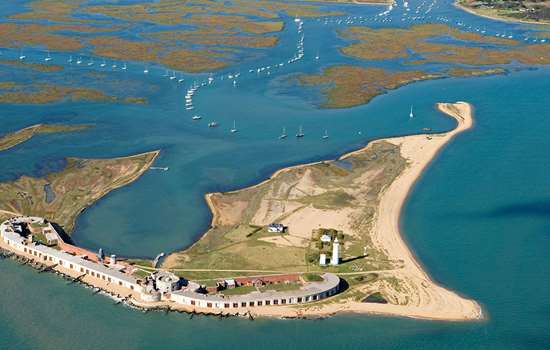
Hurst Castle
Tudor artillery fortress which played an active role in both world wars, active until 1956.
-
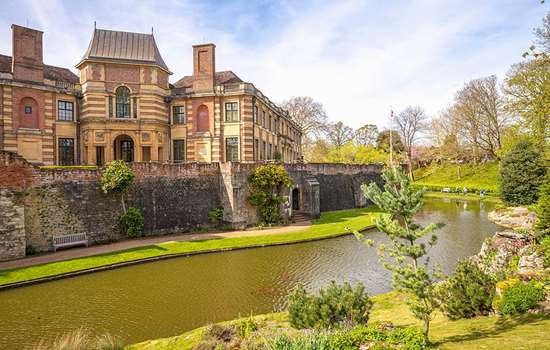
Eltham Palace and Gardens
1930s Art Deco mansion which became the base of the Royal Army Educational Corps (RAEC) from 1944.
-

Audley End House and Gardens
Jacobean mansion and training centre for the Polish Special Operations Executive, commemorated with a memorial in the grounds.
-
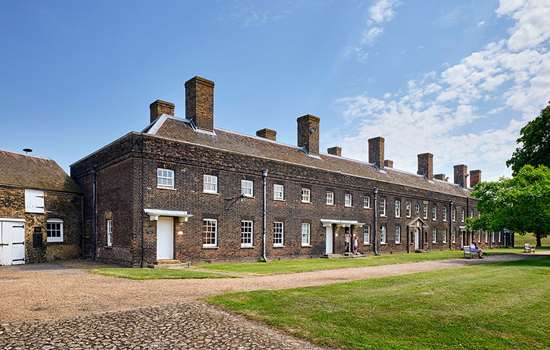
Tilbury Fort
Large coastal fort which protected the Thames estuary from the 16th century through to the Second World War.
-
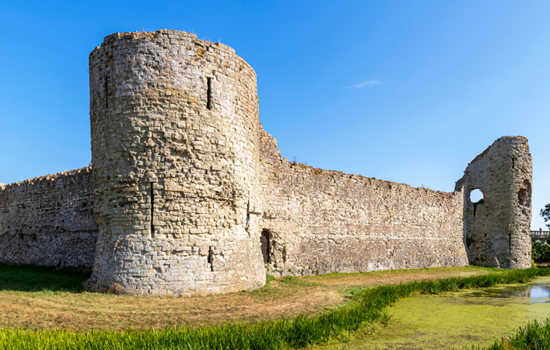
Pevensey Castle
Famous for being William the Conqueror's landing place in 1066, but occupied again in 1940 as France fell to Nazi invasion.
Try out this WWII inspired makeup look
Join us in Dover Castle’s wartime tunnels as we show you the important role the humble makeup kit played during the Second World War.
Watch on YouTubeExplore more
-

English Heritage Histories
Delve into our history pages to discover more about our sites, how they have changed over time, and who made them what they are today.
-
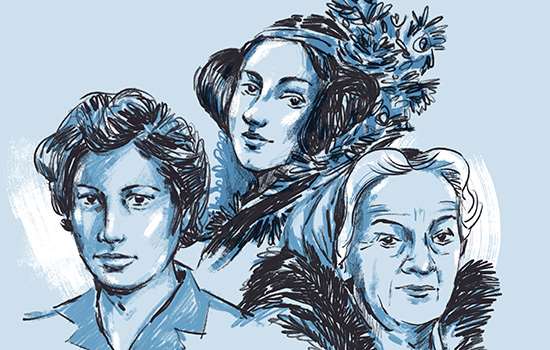
Women in history
Read about the remarkable lives of some of the women who have left their mark on society and shaped our way of life – from Anglo-Saxon times to the 20th century.
-
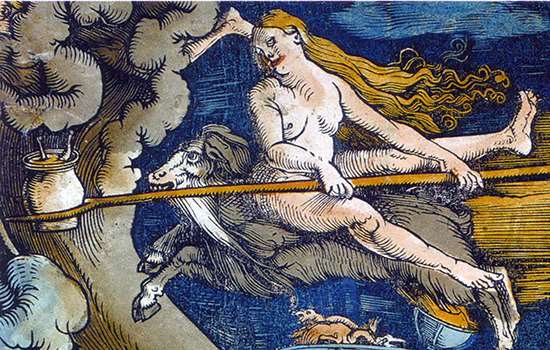
Eight Myths About Witchcraft
Professor Diane Purkiss tackles the common misconceptions about witchcraft and the witch trials of the 16th and 17th centuries.
